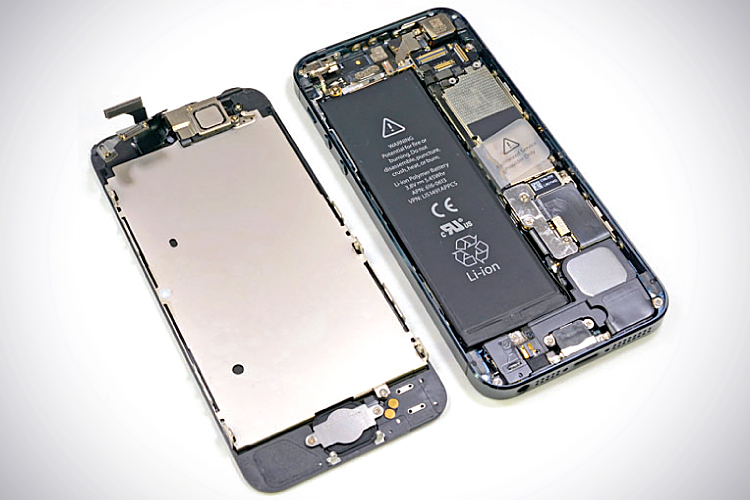If you have MacRumors bookmarked in your browser and are already salivating over the iPhone 6 (even though the iPhone 5C and 5S have yet to hit the market), then you’re a certified iPhone fanatic. As a die-hard iPhone user you may think you know everything about your beloved device, but some of what you think you know is nothing more than urban legend. Here are the top five iPhone myths, finally dispelled:
You can’t change the font in the Notes app. For reasons beyond most iPhone users, Comic Sans is the default Notes app font, and in the application itself, it seems impossible to change. For those who abhor the child’s birthday party-invitation font or just want something that looks a little more business-like, cNet.com explains how to change it: Open the Settings app on your iOS device, scroll down until you see the Notes option and tap on it. Choose your font, and you’re done.
Having apps open drains the battery and slows the device. Very few apps stay open, even if they appear when you double-click your home button. This just shows the most recently used apps, though music apps like Pandora do continue to run while minimized (if you can still hear the music, it’s running). The biggest drains to your battery life actually come from often you set your phone to fetch mail, how often you use applications (like every time you check Facebook) and how often your apps are set to push notifications to you, according to Elizabeth Harper, a writer for Techlicious.
The iPhone dominates the smartphone market. Sure, if you tally up every iPhone, iPad and iPod sold, Apple reigns supreme – in the United States. But in historical global smartphone sales, Samsung outsells the iPhone, and The Washington Post reports that the Android operating system is installed on 80 percent of the world’s smartphones, as of the end of June 2013.
You need a screen protector for the iPhone. The iPhone screen is actually incredibly hard to scratch, thanks to its construction of Gorilla Glass, a chemically strengthened glass that’s 20 times stiffer and 30 times harder than plastic, says the Business Insider. But it wouldn’t hurt to place an inexpensive screen protector over it if you frequently carry it in your pocket with metal objects or drop it a lot.
Overcharging the iPhone damages its batteries. Most phones made in the past few years, including iPhones, are made with lithium ion batteries, which are designed to not overcharge. When plugged into a charger, the iPhone will quickly charge to 100 percent and then “trickle charge,” meaning it will lose charge to 99 percent and slowly charge back to 100 percent over and over until you unplug it, according to the Apple support thread on battery life.


